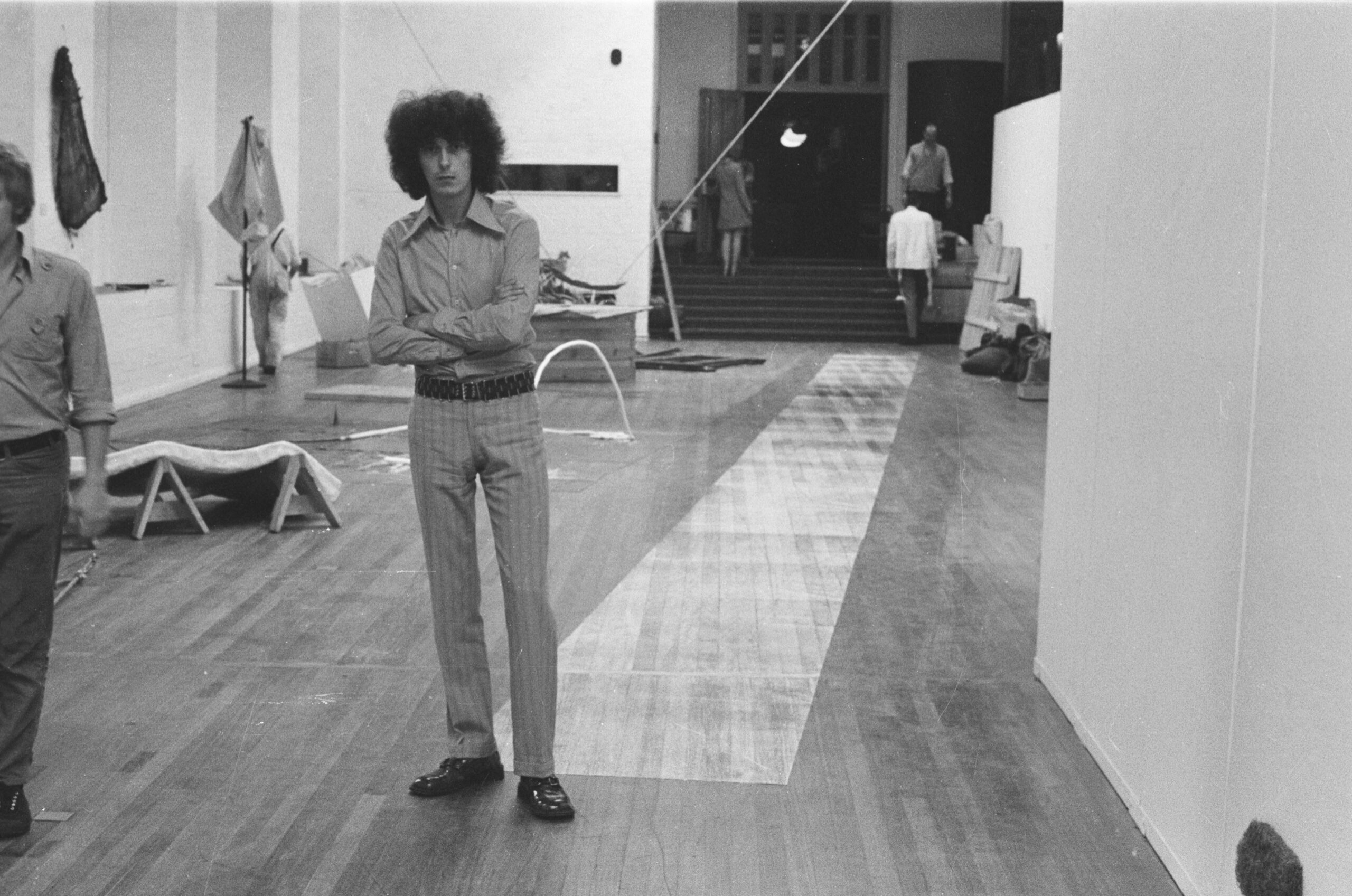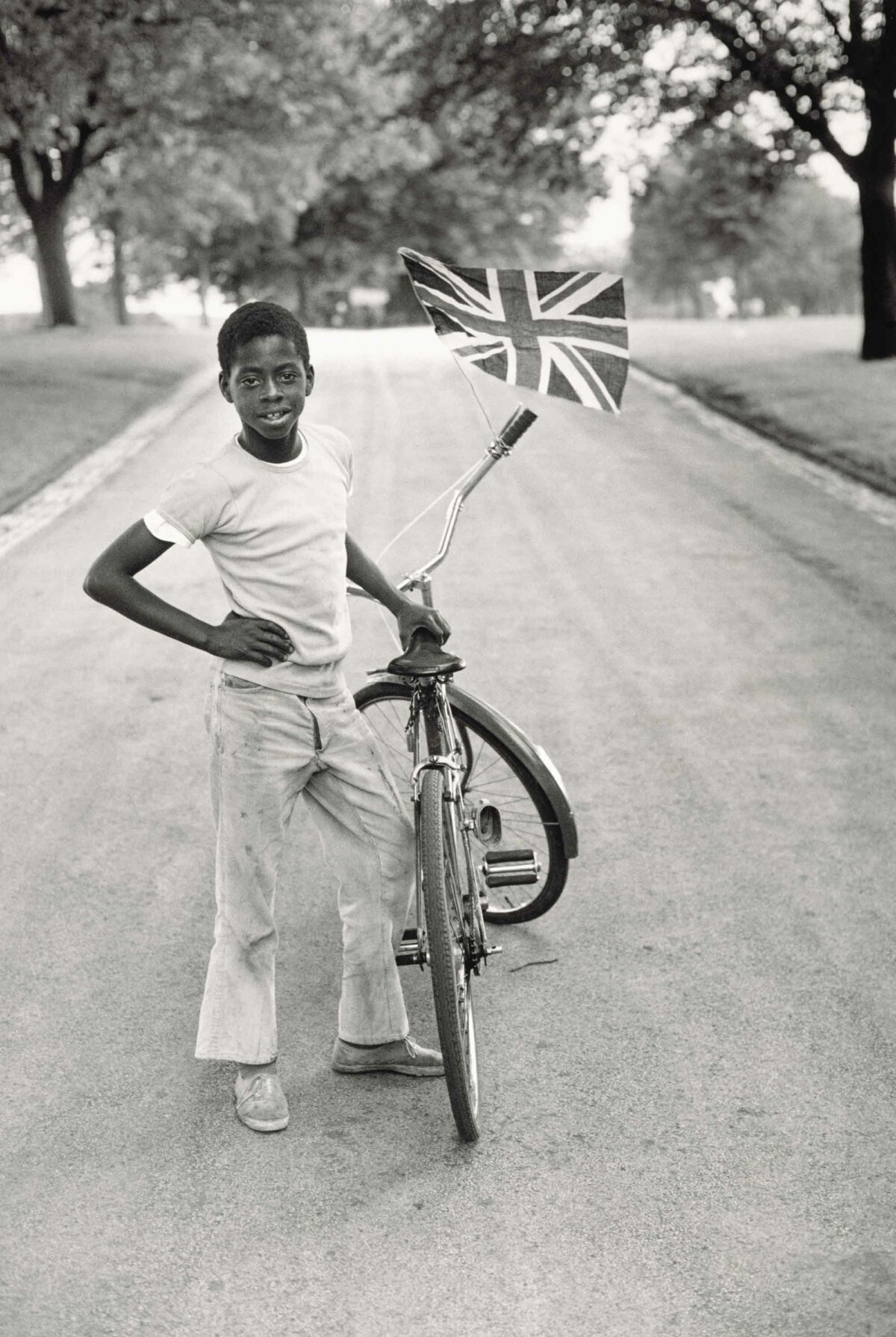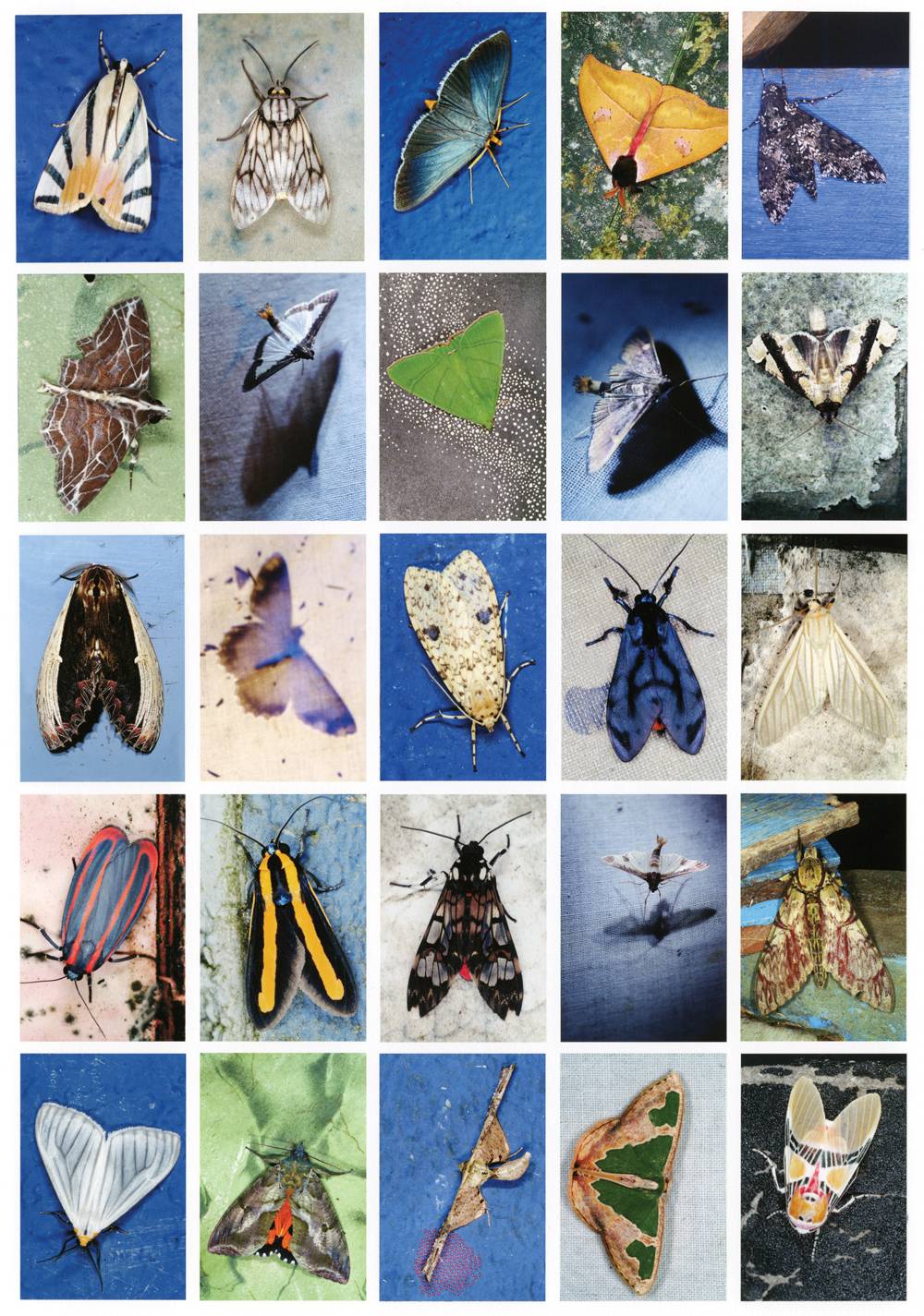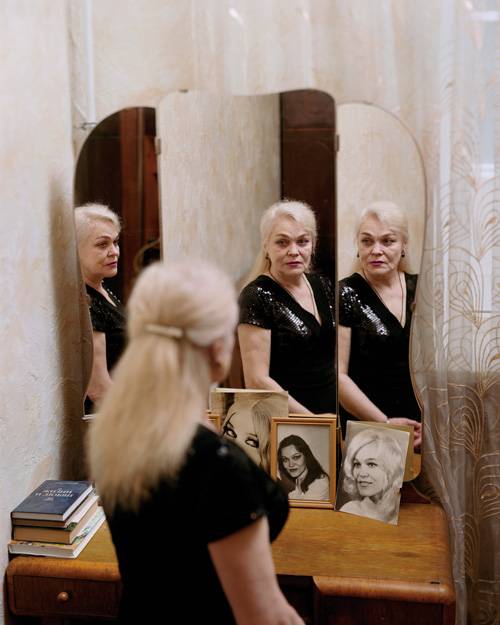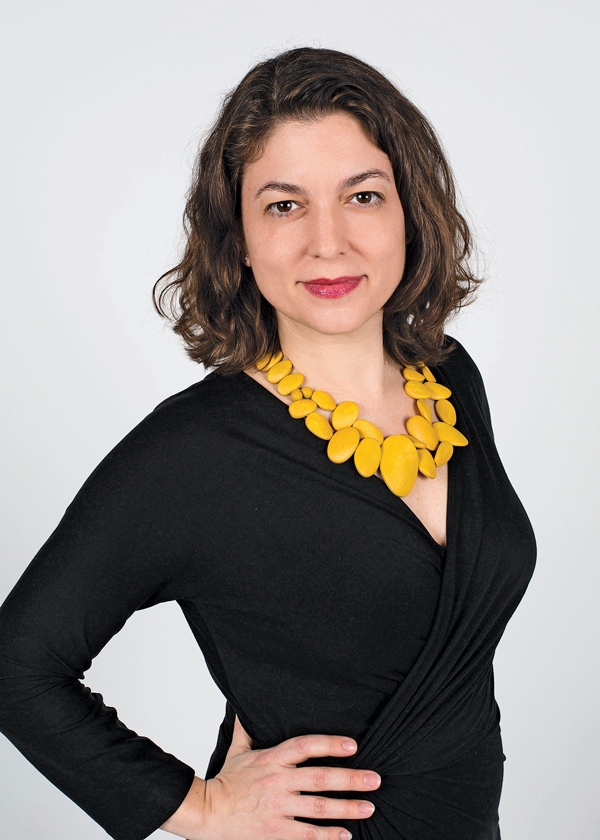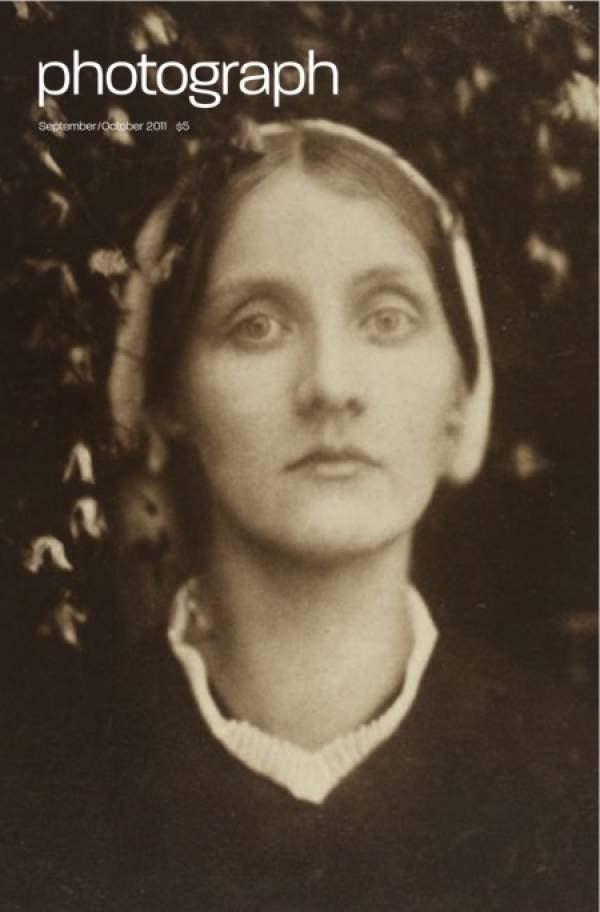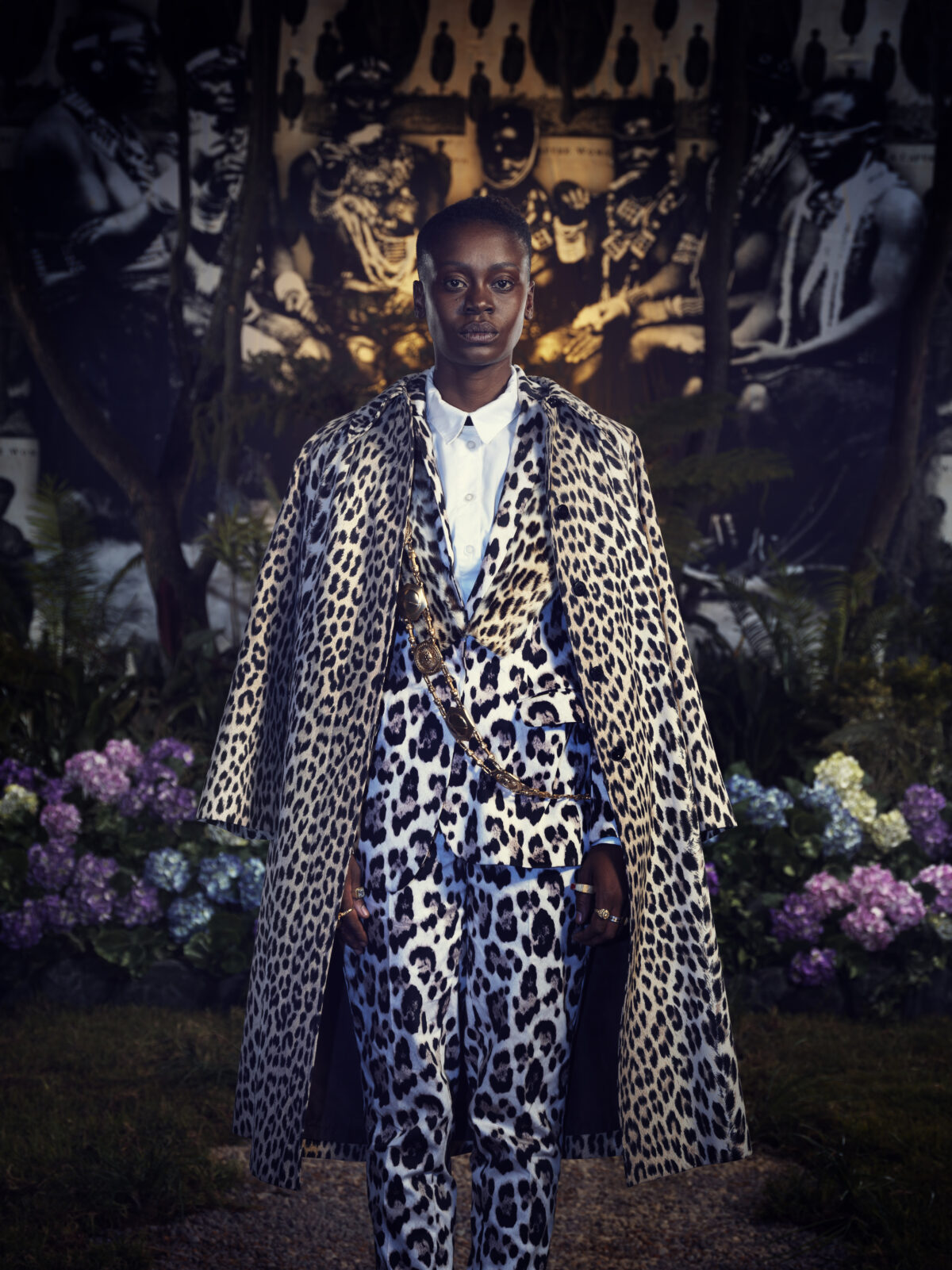In 1967 the English artist and writer Victor Burgin proposed an art project that continues to haunt the field of photography. At the apartment of a friend in Nottingham, England, he directed the production and installation of a group of photographs that exactly mimicked the floor on which they were placed. Since then, Photopath has been periodically reproduced and is the subject of a recent book by David Campany (MACK, 2022). A new iteration will be installed at Cristin Tierney Gallery (January 20-March 4), and in the fall of 2023, the Jeu de Paume in Paris will feature a selection of Burgin’s photo/text works and digital projections, allowing visitors to see the evolution of an artist who has thought deeply about the theoretical and emotional components of photography.
Lyle Rexer: Tell me about the genesis of Photopath. In the art world of the time, there was quite a bit of self-reflexive questioning of photography. I think of Mel Bochner’s attempts to rethink the medium from the ground up that yielded Misunderstandings (A Theory of Photography) (1970), a set of nine notecards with handwritten quotations from various sources about the nature of the medium.
Victor Burgin: Photography wasn’t really on my horizon at that time; my interests were sculptural. I was a student at Yale between 1965 and 1967 and engaged with minimalism. My generation was still operating with a Greenbergian modernist model of progress [formulated by art critic Clement Greenberg], a scenario inherited from Giorgio Vasari, in which one generation of artists solves problems left to them by the previous generation, and in doing so leaves new problems for the succeeding generation. I assumed it was my job to find the point at which minimalism could be advanced.
I took a seminar with Robert Morris, who said he wanted his sculptural works to be no more or less important than any other “term” in the room, such as a radiator. I thought: “So why have the sculpture?” When Donald Judd visited, he said a form that would be neither organic nor geometric would be a great discovery. It occurred to me then that such a form could only be psychological. I had begun writing instructions on index cards for work that might or might not need to be made. Photopath was one of those.
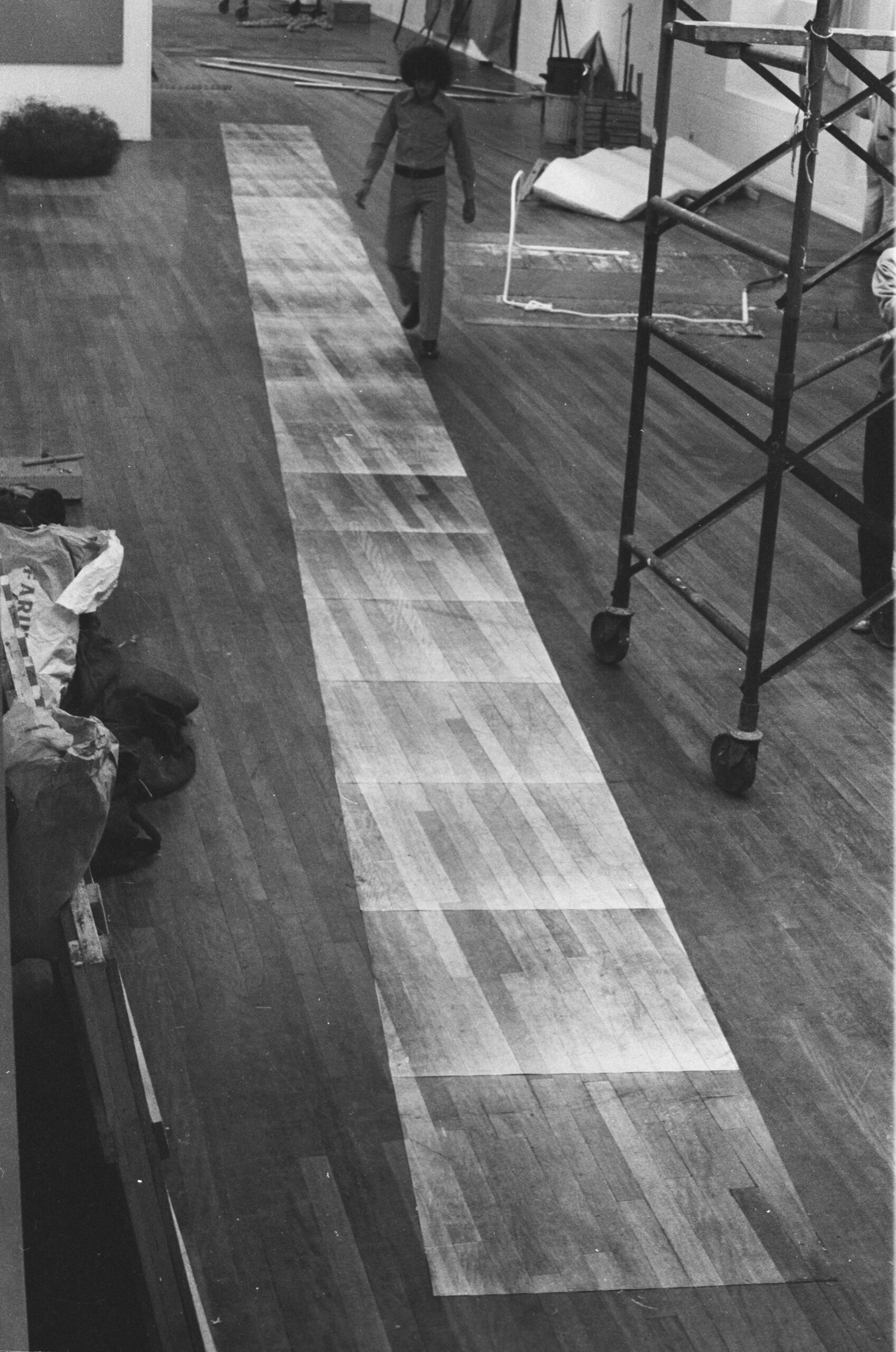

LR: Did photography suggest itself as that other sort of thing – not a sculpture, not a painting, not exactly an object but a place or occasion to think?
VB: At first, photography was one of a number of options for me, a means to an end. At that time I would say that Morris’s steam sculptures had more to do with Photopath than any photographic work. I didn’t take photographs. I barely knew how to use a camera and didn’t own one. I really only started to take an interest in photography as such when I became disenchanted with the hermeticism of the art world in general and conceptualism in particular. I was finding answers to the problem of how to make a non-material sculpture, but was I going to go on doing this forever? What else was there? When I returned to photography in the 1970s, it was primarily to do with photography’s connection to the world. I certainly wasn’t concerned with photographic aesthetics – this was a time when the art world considered the expression “art photography” to be an oxymoron. So on the one hand I was attracted to photography for its relation to the social world, and on the other hand I was interested in something Wittgenstein had said about looking at something and thinking about it at the same time. I was intrigued by the congruence or incongruity between the images in your head and the thing seen. Photography offered itself as a good place to think about such things.
LR: Photopath also frustrates the idea of an artwork as a commodity. It’s not for sale, and it wants to disappear in more ways than one, although it does have a thin physical presence. Was it meant to be political?
VB: After exhibition it is scraped off the floor and thrown away. So it does disappear. Seen in the context of the politics of the time – the protests against the war on Vietnam, the Civil Rights movement, the resurgence of feminism – it is easy to see the work as a kind of anti-commodity political protest. Certainly it was partly this, but I could have protested commodification in other ways. Why this way? Photopath was intended primarily as an intervention in the field of art.
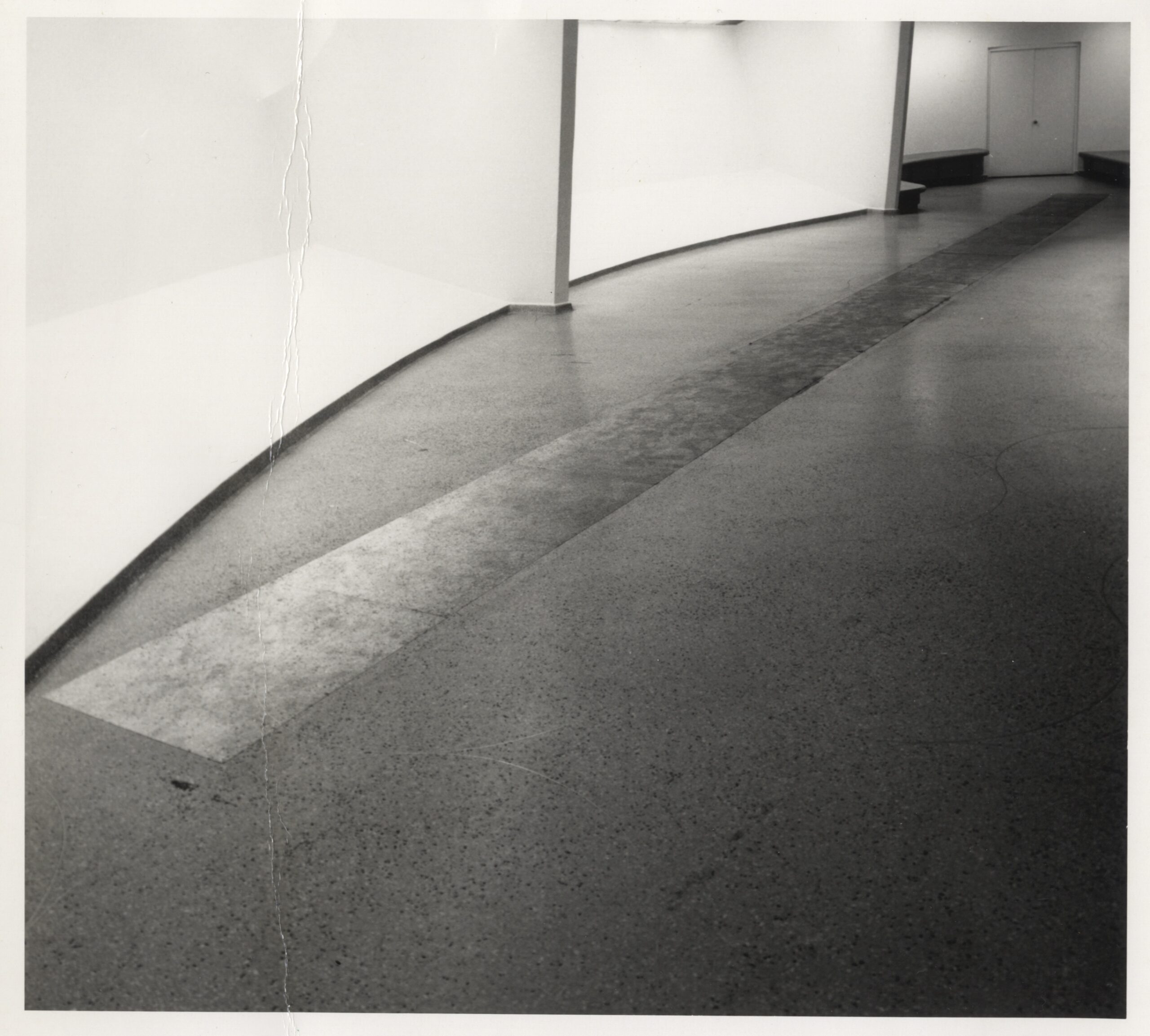

LR: Right. Artists were and are preoccupied with art-like issues: What’s a sculpture, what is the nature of the frame? That can put them at odds with their more political friends. This leads me to ask, why restage the work? Has it changed?
VB: As the social and historical environment changes, as the critical context changes, the work is seen differently. When it was remade in 2012 for an exhibition at the Art Institute of Chicago, it was installed on the polished wood floor of their Renzo Piano atrium, which gets a lot of light. At the end of the show, when the prints were taken up, the exposure of the floor to the sunlight left a ghostly imprint of the path. In effect, it was a return to one of the origins of photography, in the observation that fabrics and certain other materials fade when exposed to light. In this return to origins it seemed to me the perfect place to stop, and I subsequently declined a couple of other requests to make the work. But it would have been churlish of me not to respond positively to David Campany’s book and Cristin Tierney’s enthusiasm.
LR: We need an art-historical category of works that refuse to die.
VB: Undead works!
LR: A final observation about the project. I am struck by the relevance of Photopath and many conceptual works to contemporary AI systems, with the emphasis on instructions and protocols that can generate lots of iterations.
VB: In the 1960s, in addition to reading phenomenology, I was reading texts by cyberneticians, [mathematician and philosopher] Norbert Wiener, and others. The first article I published on my return from Yale was for a journal called Control and was titled “Art-Society Systems.” At the time I made the first Photopath I was teaching at the then-Nottingham College of Art, and taking courses in computer programming at the university. I had started writing those purely textual reiterative works, and I asked myself if it might be possible for a computer to help me construct them.
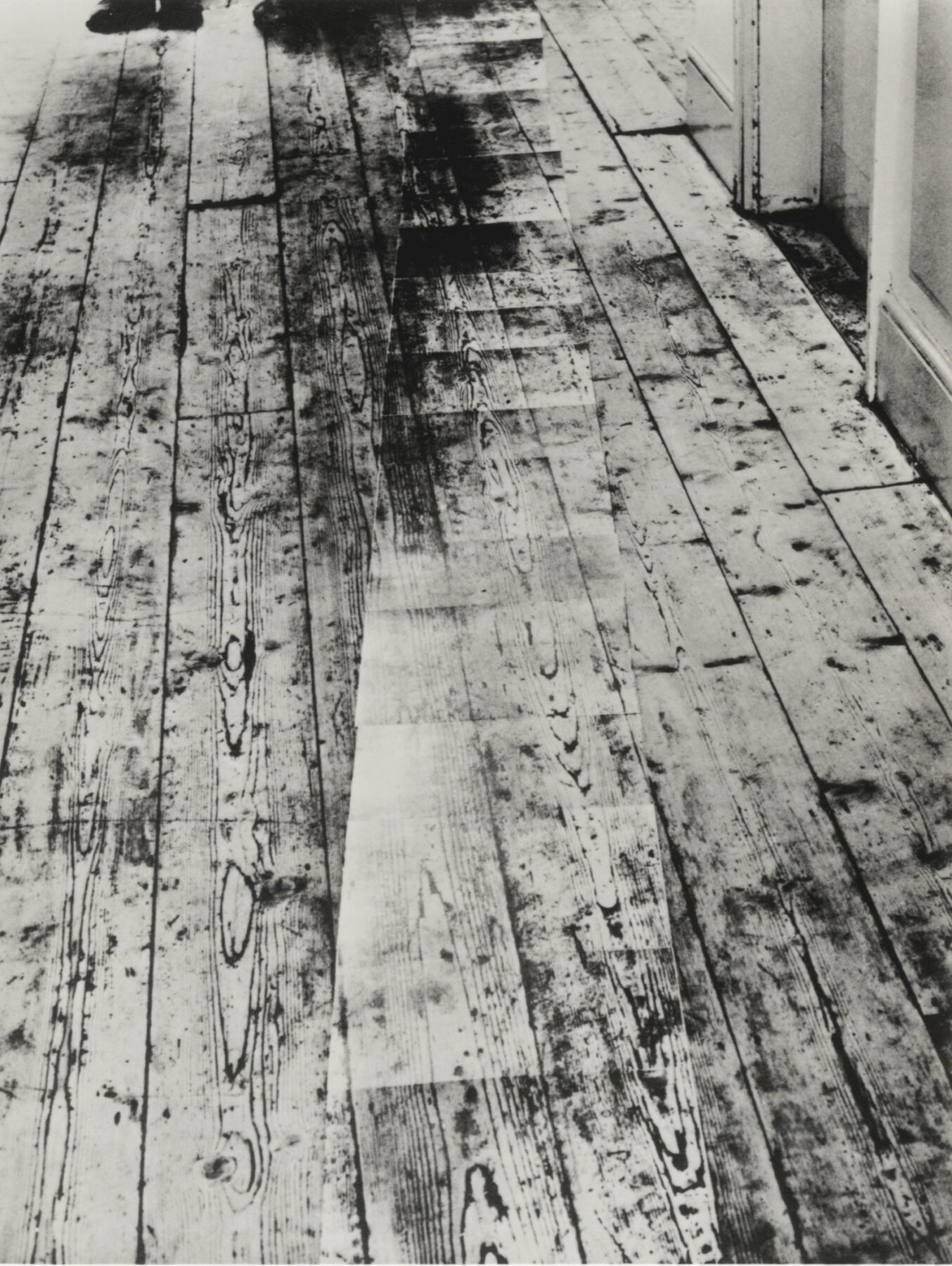

LR: To move on to the Jeu de Paume exhibition, it is quite selective, but it shows your evolution as you move from appropriation and language-based work concerned with semiotics through an intense interest in Freud and Lacan, and into your current narrative work with digital projections of what are essentially non-existent spaces – a famous café in Istanbul that was destroyed by developers, for example, in A Place to Read (2011).
VB: In macrocosm the show at the Jeu de Paume will be organized according to the kinds of associative connections which structure my works in microcosm. The two constant interests running through it are narrative and the camera. The digital convergence of the technologies of film, photography, and video show that the essence of the camera is not in any particular hardware, but in principles of optics and geometry originating in classical antiquity. These founded the system of perspectival representation that has dominated pictorial conventions in the West since around 1420, when Filippo Brunelleschi applied them to painting, and which underlie even the most sophisticated CGI software today – and which of course remain primary vehicles of narrative. But the image is a complex psychological event. It’s a mistake to reduce it to the optical – the imprint of light on the retina. What has always interested me most are the ways in which our “objective” experience of the “real world” is indissociable from our memories and fantasies, and the ways in which all this is told.

